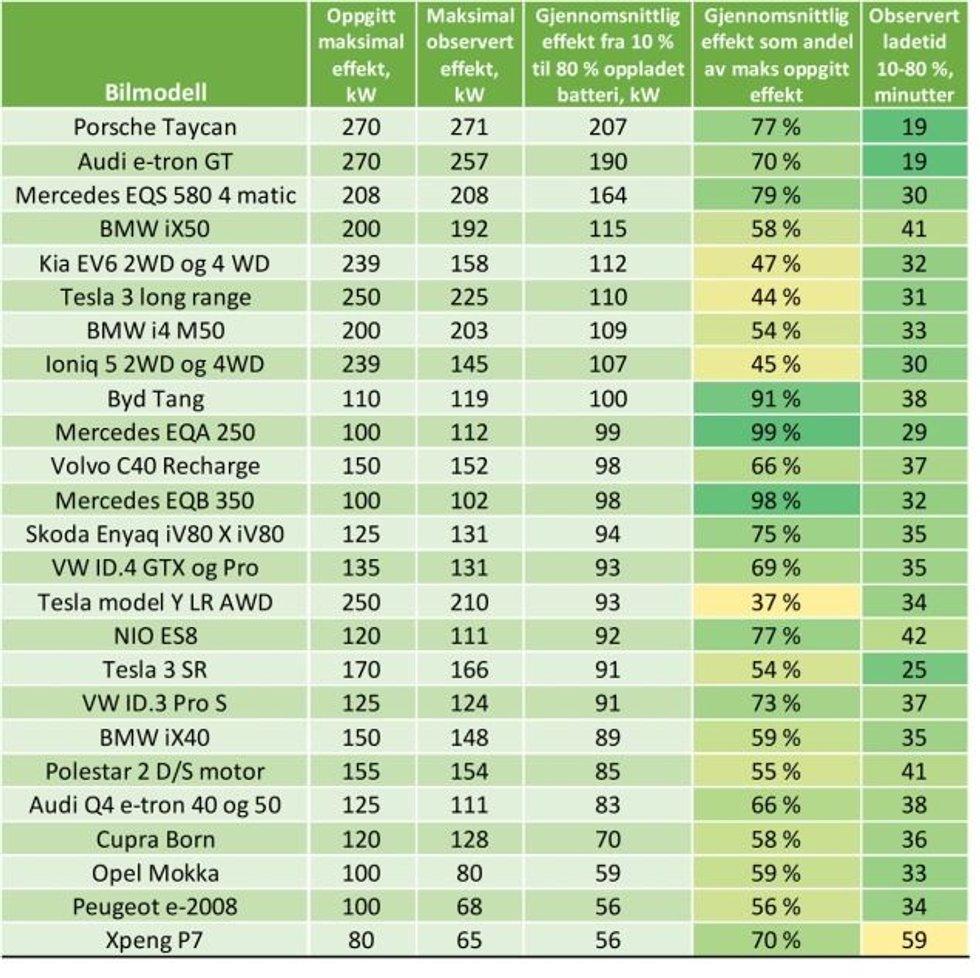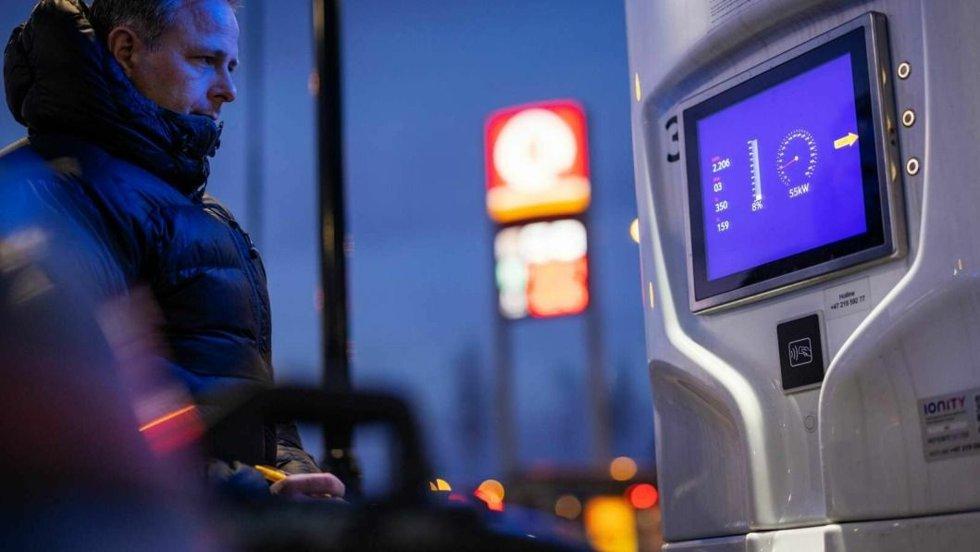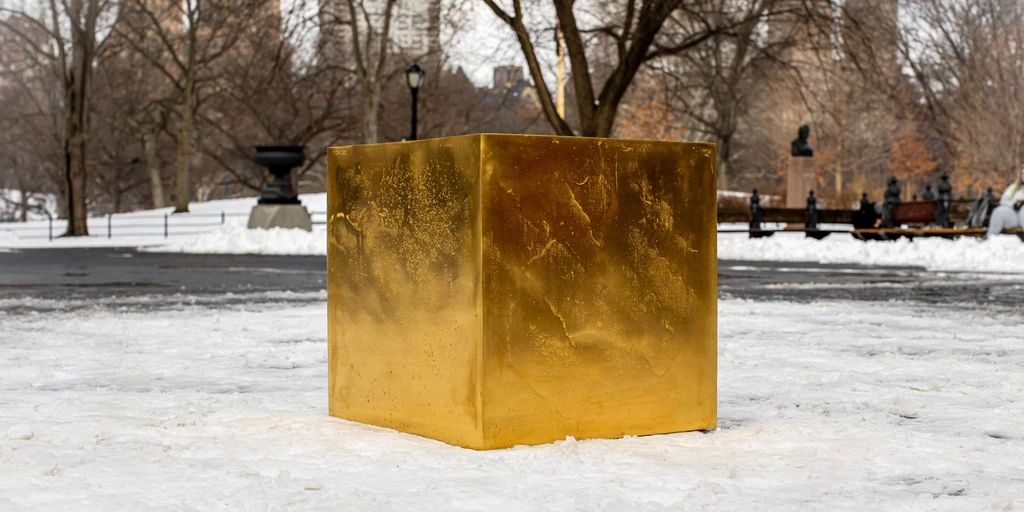How fast (or slow) the electric car charges has become a current issue for many owners. Unfortunately, the charging speeds stated by the car manufacturers are indicative at best. In many cases, the car receives much less power than stated, so you also stay longer at the charging station.
This is an extra big problem in Norway, where winter temperatures also come into play and make charging extra slow,
NAF and Motor recently conducted the world’s largest electric car test, where 31 new electric cars were tested for range. Here they checked how all the cars charged. The test shows that the average speed during fast charging is far from what the car manufacturers often state in the advertisement.
Best on charging time
Charging speed is often stated as «up to» a certain number of kW, or «maximum charging power». NAF’s charging tests show that this figure tells little about the actual charging speed of the cars.
If we only look at charging time, the Porsche Taycan 4 Cross Turismo and Audi e-tron GT are the fastest in the test. These are cars worth more than one million kroner. The premium electric cars are fully charged in 20 minutes, says Anette Berve, test manager for electric cars in NAF.
NAF has also calculated the average charging power each car achieves during the charging session. Average charging power is about how much power you get on average when you charge the battery from 10 to 80 percent.
Also read: Almost impossible to know what the charge really costs
Porsche Taycan impresses in the test, this is what the charging curve for this looks like. Photo: NAF.
—-
Click here to see the entire charging test at NAF
Weak numbers from Tesla
– The average speed is generally much lower than the maximum charging speed. Not all electric drivers are aware of this, and we have now set figures for this. Measured in this way, the Mercedes EQA and EQB deliver the best, with 99 and 98 per cent of the stated maximum power, respectively. Together with BYD Tang, this constituted the three cars, all of which had an average charging power that was over 90 per cent of the stated maximum charging power, Berve explains, in a press release.
At the other end comes the Tesla Y, with an average charging power of only 37 percent of the stated maximum speed. The Kia EV6, Tesla Model 3 Long Range and Hyundai Ioniq 5 also had below 50 percent average charging power of stated maximum power.
Also read: No – sometimes you should not use your mobile phone
Preheating is important
This is the third time NAF has tested the charging speed of electric cars in winter.
– More or less all the cars in the test charge more slowly in winter. How much slower varies, and we see that the cars that have preheating the battery before fast charging have a significant advantage, says Berve.
NAF has encouraged the car industry to share more comparable figures for range and charging.
– Our clear message is that the car industry should state the charging time from 10 – 80 percent, and make the charging basket easily accessible to buyers. This will give consumers comparable charging figures, something they do not get today, says Berve.
 –
–
This is the charge figures for all the cars in the test, Photo: NAF.
—-
The article was first published on Broom.no
–


